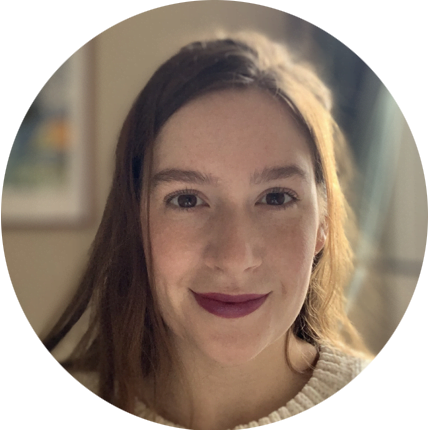
This post about music books for world piano repertoire was written by Joanna Shiel. Joanna runs a multi-teacher studio in London, UK. She’s a graduate of Ethnomusicology and is passionate about the stories behind the music. Joanna enjoys taking treks in nature, discovering new board games and learning Portuguese. Her dessert of the month is New York Cheesecake.
Are you looking to introduce something new and exciting for your students this year? Looking for more world piano music?
It can be difficult and frustrating to find quality music books when you’re trying to introduce your students to repertoire from the wider world. Read on for some suggestions to start including more world music in your piano studio.

Next semester, I’m taking my students (and myself!) on a musical vacation around the world.
I’m lucky. I have a very diverse mix of students with different musical backgrounds – the perfect melting pot for a very interesting project.
Many of us (myself included) learn, teach and perform European classical music. How many of us teach music which doesn’t fit into this category?
A world music project like this is not only fun – it’s necessary.
Our students need to see themselves represented in the music we teach. Outside of this, I think it’s important to expose students to music outside of their own culture.
I’ve curated a collection of world music piano books to start you and your students off on your world music vacation. But first, let’s dive into some reasons as to why it’s important to include world music piano in our lessons.
The Three R’s of World Music
When we boil it down, you can’t avoid world music if you want your piano students to be lifelong musicians. There are three R’s to think about when it comes to teaching world music:
Representation
When students see the music they encounter at home and with their friends being reflected in the music you teach, they will see that music as being important. In turn, they come to see themselves as important. This increases confidence and lifelong musicianship in your students.
Relation
When we’re able to relate to a famous composer, performer or educator, we too are more likely to think we can reach similar heights with our own practice. It’s easier to walk down a path when it’s already been laid down by someone else.
Experiencing music from other cultures can also help students to relate to their peers from those cultures, encouraging more acceptance and inclusion.
Relevance
When music is relevant to the student, music-making becomes vibrant, real and alive. Piano students who play music they can relate to are more likely to find it interesting and engaging, to stick with it and play music long into the future.
Fantastic Piano Books on World Music
Just a note before we begin: Books and sheet music are a great starting point, but they don’t tell the whole story of a piece and its origins. Just as our students are better artists for knowing the story behind a Beethoven sonata, it’s important that students know the stories behind the music.
Take time to do your research. Learn more about the culture surrounding the origins of the music.
Piano Music from Africa
- Piano Music of Africa and the African Diaspora by William H. Chapman Nyaho contains 5 carefully-considered collections of pieces for intermediate to advanced students. A must-have for your library, pieces in these collections span genres from blues, jazz, contemporary and classical to afro-Caribbean, bossa nova, Township and folk. There’s something for all musicians here.
- Piano Music of Africa by Neeki Bey is a great introductory collection for beginners through early intermediates. This book is an excellent starting point to explore music from different African for students who are in their first few years of study.
Piano Music from Latin America
- Also by Neeki Bey, Piano Music of Latin America is a great book to get your beginner to early intermediate students exploring Latin America with many styles and folk songs. Use her book as a starting point to immerse yourself in the countries this music comes from.
Piano Music from Asia
Perfect for early- to mid-intermediate students, Hal Leonard’s folk song collections are great for incorporating more Asian folk music in your lessons. These evocative arrangements are a fantastic introduction to pentatonic scales and a fun opportunity to explore expression and colour.
- Korean Folk Songs Collection
- Malay Folk Songs Collections
- Chinese Folk Songs Collection
- Japanese Folk Songs Collection
Another excellent resource for Asian piano music is Chinese Piano Music for Children by Naixiong Liao. These intermediate to early-advanced pieces also explore pentatonic scales while introducing more complex rhythms, time signatures and feels.
Although the title says it is targeted at children, it would work beautifully for any student at that level. These pieces are beautiful – full of expression and character. ‘The Butterfly’, for example, is a wonderful opportunity for students to flutter their wings at the piano.
And something a little different…
While not technically a piano book of world music, A Tapestry of Tales will get your beginner to advanced students exploring folk stories, rhythm, movement, voice and percussion.

Excellent for both ensemble and solo work, this book will get students thinking about music as a series of motifs, themes and characters. Use an ensemble performance at your next group lesson or recital, or have 1 student record all the parts themself and put them together using free audio software such as Audacity.
For more fabulous repertoire and resources, visit Nicola’s Planning Lessons hub page.
Can’t find piano books on world music?
As a piano teacher, books are my first port of call when looking for new music.
Yet many cultures in the world do not use sheet music to learn music, relying instead on a mix of:
- Rote learning
- Aural learning
- Ensemble playing
- Dancing
- Singing
- Spending informal and formal time with a teacher
- Group music-making for fun from a young age
This is a huge opportunity for us as teachers. Never before have we had such amazing access to the musical world. How can we use some of these methods to explore all kinds of music in our studios?
Start with Folk Piano Music
Make a list of countries you want to explore with your students. Research common folk songs from each country and choose one or two to add to your library. This is a great resource to build upon each year.
Travel! Go on an adventure! Have you ever explored Desert Blues, Balkan Brass or Gamelan?
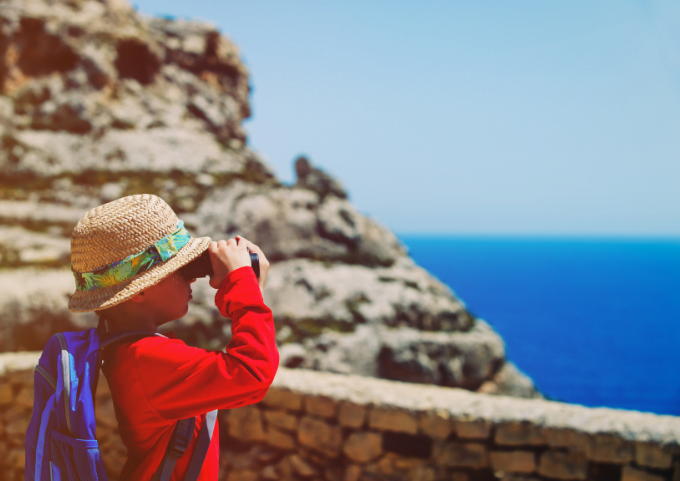
Sites such as Songlines are an endless source of inspiration.
Ask Your Students
Bring the collaborative spirit to your studio.
Depending on where you teach, students can prove to be excellent sources of new material. Ask your students to:
- Sing and write down their favourite folk song, then swap this song with another student in your studio. Tip: If they don’t know any, choose one or two for them to pick from.
- Create an evocative poster with pictures which represent favourite songs.
- Record a music event in their communities to share with other students.
Make Lead Sheets With Your Student
Work at the art of transcription and write down a piece with your students.
Some starting places:
- What feelings and colours does the piece have?
- Rhythm: Are there any patterns, repeats or interesting/unusual rhythms? Can you explore this with percussion instruments? How about with movement?
- Melody: Try and find the first note. It might not ‘be in tune’. How can we get around this? Can you sing the melody instead?
- Once the student is more secure, how can we add some harmony?
Get Listening
Go into incredible detail about music. What adjectives can describe the way you feel when you listen to the music?
Yourself, Your Family, Your Friends, Your Community
How about yourself and your own musical background? Are there any songs from your culture or country you could use?
Have you traveled anywhere with music which was different to you? What do you know about this music?
Piano Exam Syllabus
Piano exams are increasingly becoming popular places to find world piano music. It’s not perfect and we have a long way to go, but check out your favourite exam syllabus for possibilities.
What folk song, country or culture would you like to explore with your students?
Share in the comments below. We’d love to hear where you’re going with your students. 🙂
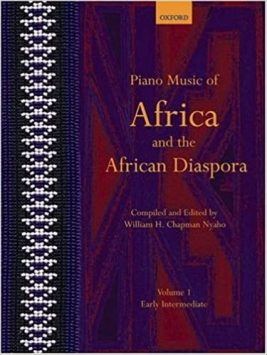
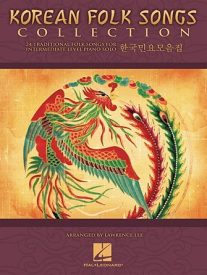
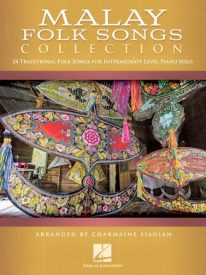
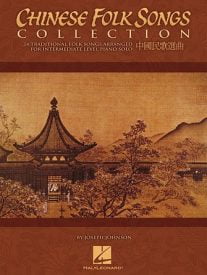


This is great info! I would never know where to find this repertoire. I plan to begin with the African music since I have students interested in blues and jazz. I also want to get some of the Chinese folk songs to expand my European based background/studies. I live in a diverse community and both of these are needed!
That’s super to hear Linda many thanks, its great to embrace all the diverse cultures, enjoy!
I have quite a few families from India. I would love to find some simple sheetmusic for them to read from and learn.
Wow this is great. I always like to explore with new music for my students and the folk music from various countries is worth looking into which I will definitely do. Thanks for this resource!
So glad you are pleased with this resource Ken, enjoy!
Not piano books, but Huws Jones “Fiddler” collection draws from traditions all around the world (Celtic, Bluegrass, Gypsy, Tango, early music etc) and includes the tune with chords (for any soprano instrument, or as a lead sheet on piano) plus piano accompaniment (which sometimes incorporates the tunes) and easy and complex violin accompaniment (which would suit any soprano instrument). Many of the books include audio for those who learn by listening, and the “playalong” edition which has a few tunes from each book has also been transposed for Viola and Cello (or any bass-clef instrument). Very highly recommended for ensemble playing.
For anyone into Scottish tunes, Taig na Teud publishes Scottish traditional music including some books for keyboard, The Ceildh collection has simple arrangements of common dance tunes, which would be great for any students who participate in a ceilidh culture. https://www.scotlandsmusic.com/Product/SM-O21F9Q/ceilidh-collections-for-piano-2-book-offer
Other books could be used as lead sheets, esp piano accordion versions.
Super good resources in this Isabella, thank you for sharing!
sorry – left out the link for hte fiddler books above: https://www.boosey.com/teaching/subseries/Edward-Huws-Jones-Fiddler-Series/2&seriesSubNameID=&sender=Pub
Really appreciate all this really helpful info Isabella, many thanks!
Diverse music selections are so important. Not only to expose students to the traditions of other cultures, but also to keep the music of their own culture alive. It seems to be a trend in U.S. households and schools to focus mainly on pop and contemporary music. Most of my students are not familiar with common American folk songs or carols. I was surprised when a third grade student asked me if he could play the “Daisy” song for our recital. I finally figured out he was talking about “A Bicycle Built for Two”. It turns out that this old traditional song has been showing up in U Tube videos.
That’s very interesting and informative Beth, many thanks!
I love to introduce world music sounds with Forrest Kinney’s Pattern Play books. Here’s a list of his Create First youtube videos I shared with students during this summer’s world music camp. The books are better for mid-elementary and up but even young beginners can be inspired to mimic the styles of world music after watching his sample videos and giving them so parameters for improv.
Leaving the Harbor/World Piece- black keys
Arabian Nights- a harmonic minor scale
Kyoto- Japanese scale
Dragon Festival-
Bueno! – a minor pentascale
Cuba – 6ths
Secret Dance i-iv-V7-i
Easy Going C Scale + Eb blues
Scotland – G Mixolydian mode
Cathedral Perfect 5ths/D Dorian mode
Great ideas, thanks so much for sharing Heidi!
Many thanks Linda, it is good to have a choice from our wonderful multi-cultural community, enjoy!